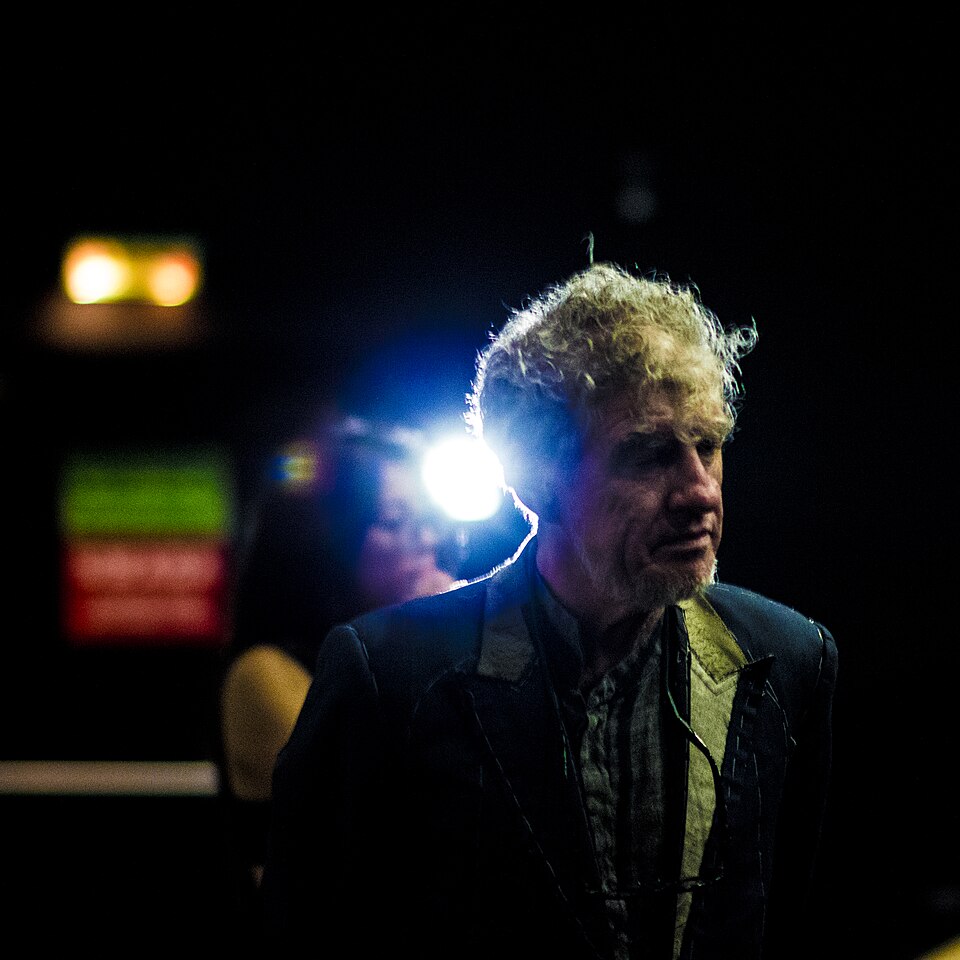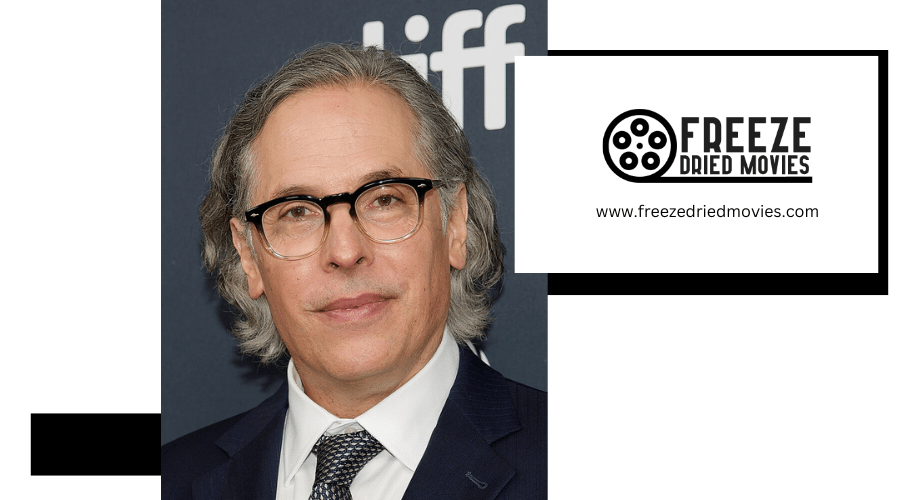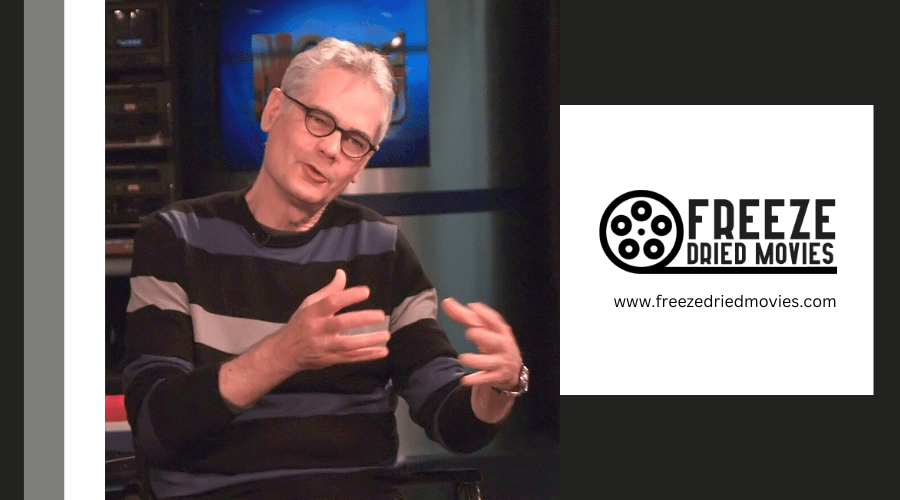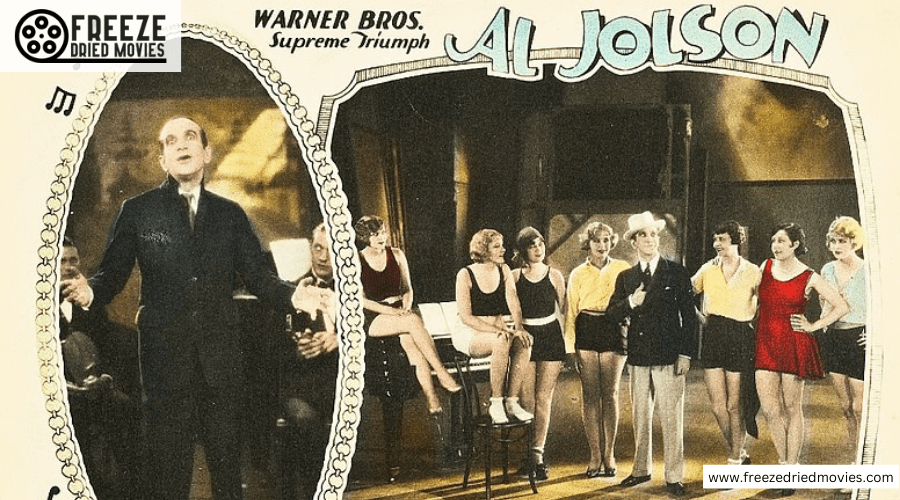Christopher Doyle: The Cinematic Poet of Eastern Visual Storytelling

Christopher Doyle revolutionized Eastern cinema with his distinctive visual poetry. You'll recognize his work through chaotic neon palettes, unconventional wide-angle compositions, and perpetual camera movement that breaks traditional framing rules. His partnership with Wong Kar-wai redefined Hong Kong filmmaking while his nomadic Australian background offered a unique perspective on Eastern storytelling. His philosophical approach transforms ordinary scenes into dreamlike landscapes, influencing filmmakers worldwide to push visual boundaries and evoke deeper emotional connections.
Key Takeaways
- Australian-born Christopher Doyle transformed Eastern cinema through his distinctive visual language and naturalistic approach to cinematography.
- His nomadic background provided a unique outsider perspective that helps capture Eastern cultures with fresh authenticity.
- Doyle's signature techniques include fluid handheld movements, wide-angle lenses in intimate spaces, and breaking traditional framing rules.
- His revolutionary use of color, particularly neon-infused palettes and strategic exposure techniques, creates dreamlike visual poetry.
- The legendary partnership with Wong Kar-wai redefined Hong Kong cinema and influenced filmmakers globally through emotional visual storytelling.
From Australian Nomad to Eastern Visionary: Doyle's Unconventional Journey
When Christopher Doyle set out on his seafaring adventure at 18, he couldn't have known this decision would ultimately transform him into one of cinema's most distinctive visual voices. His early years as a sailor exposed him to diverse cultures and perspectives that would later infuse his cinematographic approach.
Landing in Taiwan during the 1970s, Doyle immersed himself in artistic exploration. His experiments with paper collage and mixed-media painting developed the visual sensibilities that would later define his cinematic style. These formative experiences crystallized when he collaborated with Edward Yang on "That Day, on the Beach," marking his entrance into filmmaking.
Doyle's nomadic background gave him a unique lens through which to interpret Eastern visual storytelling. His journey from wandering Australian to visual poet reshaped Hong Kong cinema's aesthetic language, influencing countless filmmakers with his innovative techniques. Much like Swedish directors during their country's artistic freedom period, Doyle's work is characterized by bold experimentation and innovative visual storytelling that transcends conventional boundaries.
The Art of Visual Poetry: Signature Techniques and Style
Christopher Doyle's artistic evolution culminated in a visual language uniquely his own, transforming how audiences experience cinema across the Eastern landscape. You'll recognize his innovative use of wide-angle lenses, even in tight spaces during close-ups, creating a visually stunning depth that defies conventional cinematography.
Doyle's camera rarely rests, capturing life's essence through perpetual movement and unexpected angles. His compositions appear spontaneous yet deliberate, breaking traditional framing rules while maintaining emotional resonance. When lighting scenes, he embraces the harsh reality of naturalistic sources—neon signs, fluorescent fixtures—rejecting Hollywood's flattering aesthetics.
What truly distinguishes Doyle's work is his physical approach to filmmaking: custom-rigged equipment, fluid handheld operation, and intimate collaboration with visionary directors like Wong Kar-wai. His techniques echo the innovations of 1930s filmmakers who pioneered optical compositing techniques that forever changed visual storytelling in cinema.
Colors That Speak: Doyle's Revolutionary Approach to Cinematography
Within the domain of cinematic artistry, few elements speak as loudly as color does in Doyle's revolutionary approach to cinematography. You'll notice his signature use of color transforms ordinary scenes into surreal, dreamlike landscapes that capture the essence of emotional narratives.
By embracing chaotic neon-infused palettes and silhouetting actors against vibrant backdrops, Doyle's work in Hong Kong film has redefined visual storytelling. His strategic exposure techniques for neon lights and subtle blue tints on Asian women's faces have become instantly recognizable hallmarks.

Drawing inspiration from the pulsating energy of Hong Kong and Bangkok, Doyle continues pushing the boundaries of what cinematography can achieve. His revolutionary color manipulation has influenced countless filmmakers worldwide, encouraging them to reconsider how color can elevate storytelling beyond conventional approaches.
Much like directors of the 1960s who used jewel tones to transport viewers into surreal narratives, Doyle creates immersive visual experiences that blur the line between reality and imagination.
The Wong Kar-wai Partnership: Redefining Hong Kong Cinema
At the heart of cinematic revolution lies the extraordinary partnership between Christopher Doyle and Wong Kar-wai, a collaboration that has irrevocably transformed Hong Kong cinema since their first project in 1991.
You'll find their visual signature impossible to miss—from the neon-soaked streets of "Chungking Express" to the yearning, intimate spaces of "In the Mood for Love." Doyle's distinctive camera movements—fluid, often handheld, and boldly unconventional—create a heightened mood that's become synonymous with Wong Kar-wai's storytelling approach.
Their partnership has crafted a revolutionary visual language that transcends Hong Kong's borders, influencing filmmakers worldwide. Through masterful manipulation of light, composition, and color, they've pioneered a cinematic poetry that speaks volumes even in silence, cementing their legacy as visionary collaborators in contemporary film. Much like the 1930s cinematographers who utilized three-point lighting to establish mood and character dynamics, Doyle employs light as a narrative tool that shapes emotional responses and deepens storytelling impact.
Beyond Borders: Doyle's Global Influence on Filmmaking
While his partnership with Wong Kar-wai reshaped Hong Kong cinema, Doyle's distinctive visual language has transcended geographic boundaries to influence filmmakers across continents. His masterful use of handheld cameras creates an intimate connection with characters that independent directors worldwide now emulate.
When you watch films like "Hero" with Zhang Yimou or "Paranoid Park" with Gus Van Sant, you're experiencing Doyle's ability to adapt his style while maintaining his unique perspective.
Doyle's approach to available light and fragmented narrative structures has become a touchstone for artists seeking to challenge conventional filmmaking. You'll find his influence in the works of countless filmmakers who, inspired by his visual poetry, continue to push cinema's boundaries, inviting you to engage with their stories on a deeper emotional level.
The Philosophy Behind the Lens: Capturing Life's Raw Essence
Few cinematographers approach their craft with the philosophical depth that Christopher Doyle brings to each frame. Working alongside masters like Taiwanese director Edward Yang, Doyle's vision enhances the emotional resonance of stories like "Mood for Love," creating a profound impact on viewers.
You'll notice his philosophy manifests through:
- Rejecting artificial perfection to embrace life's authentic messiness
- Immersing you in characters' inner worlds through spontaneous visual choices
- Challenging conventional techniques to evoke deeper emotional responses
- Distilling complex human experiences into visually arresting moments
Doyle doesn't just film scenes—he captures the essence of being human. His commitment to emotional truth over technical perfection invites you to engage with cinema beyond mere entertainment, transforming how you experience visual storytelling.
A Legacy in Motion: How Doyle Transformed Visual Storytelling
Christopher Doyle's philosophical approach to cinematography has evolved into a revolutionary visual language that continues to captivate and inspire decades after his emergence. His pioneering techniques—wide-angle lenses, off-kilter angles, and restless camera movement—transformed how filmmakers communicate visually.
When you study his work in Hong Kong-set films, you'll notice how his masterful use of neon colors and naturalistic lighting create a sense of both surrealism and raw intimacy. Every frame pulses with life through his fluid handheld operation and single-source lighting approach.
Doyle's visual poetry extends beyond technical innovation. By collaborating with visionary directors like Wong Kar-wai and tackling ambitious projects, he's redefined what's possible in cinematography. His enduring influence encourages filmmakers worldwide to push boundaries and reimagine the emotional potential of visual storytelling.
anonymous, Christopher Doyle (cropped), CC BY-SA 3.0
ArturoAlmanza, Camerimage MG 7636-Christopher-Doyle-by-arturoalmanza, CC BY-SA 4.0




